Dressings
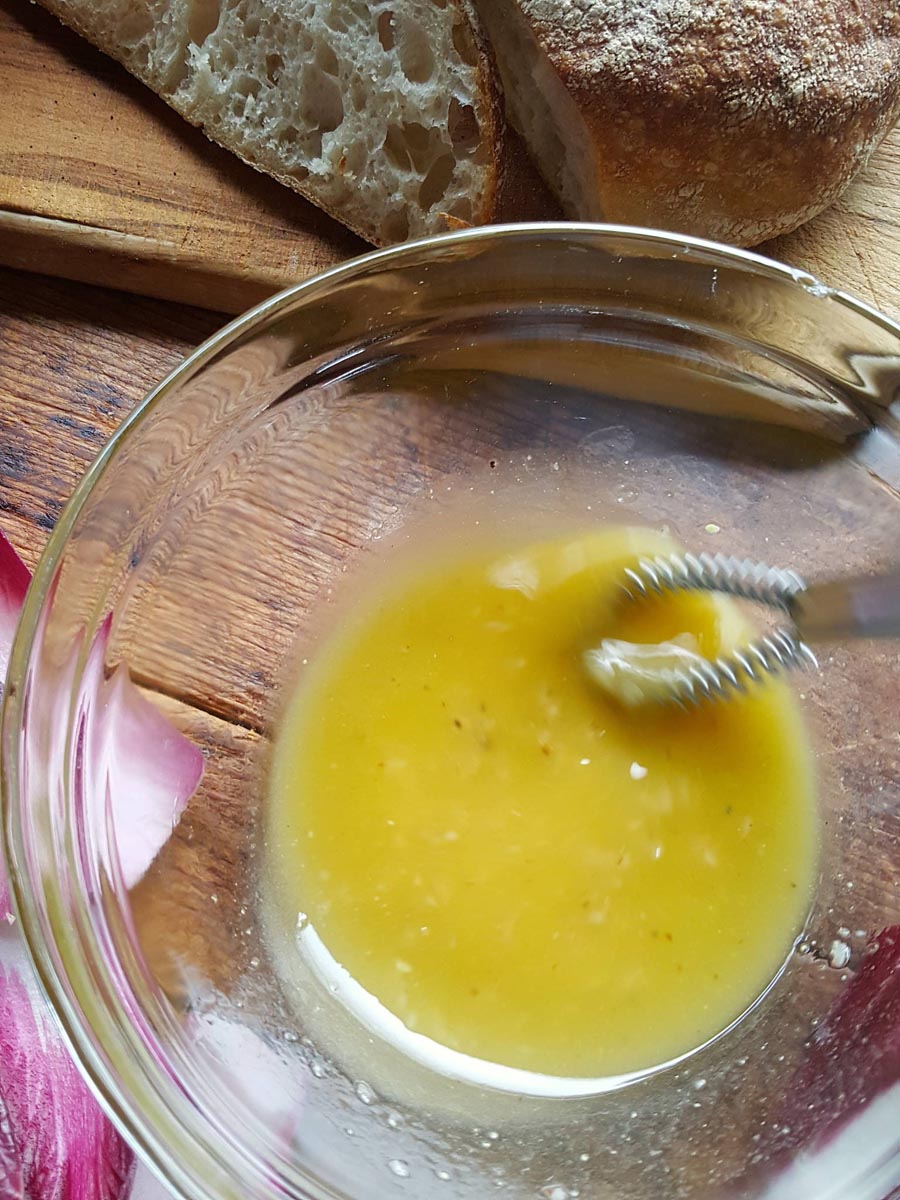
Last week I was on Radio NZ with Jesse Mulligan and the topic I chose was salad dressings. I had no idea how big a topic it was until I started preparing for it. Crikey! I unleashed a beast! It’s nigh impossible to cover a topic in-depth in the allotted time, so I thought I might go over a few points here.
The main job of a dressing is to impart flavour. Texture is important, too – dry food is unpalatable unless you’re a donkey, so a little oil or slippery ingredient like mayonnaise helps the food slide down. Oil also helps carry other ingredients such as chopped herbs and seasonings, but it is not always used – some dressings use vinegar, lemon juice, verjuice, wine, yoghurt or other ingredients.
A classic French dressing, also known as vinaigrette, is the most well-known dressing, so let’s start with it. The word vinaigrette originates from the French word for vinegar (vinaigre), so you would expect to find vinegar in such a dressing, though lemon is often used. Oil forms the bulk of the dressing and salt and pepper are added to taste. The classic ratio is 3 parts oil to one part vinegar, although it pays to be miserly with the vinegar and generous with the oil.
The mixture is whisked together and forms an unstable emulsion which if left, will settle back to layers of oil and acid. Mustard, herbs, garlic and shallot are often included. Mustard helps a dressing emulsify, especially a creamy style mustard.
A small whisk or fork is the ideal tool to whisk a dressing together. I often whisk the dressing in a large salad bowl and add in dense ingredients such as slivered carrot, chopped fennel and chopped cauliflower, then top with lighter ingredients such as leaves and fresh herbs and toss just before serving. This lets the dense vegetables take on some of the flavour of the dressing and the acid helps soften them a little to make them more palatable. Tomatoes are best drained after slicing or chopping – drain in a sieve or by tilting the chopping board and letting the juices run into the sink – and should be added at the end as they quickly soften and give off more liquid once in contact with the dressing.
Oils
The most common oil is olive, but walnut, grapeseed, safflower, avocado, peanut and other oils can be used.
Vinegars
There is a wide range of vinegars all giving a distinct flavour. Red and white wine vinegar are used in a classic vinaigrette, but it is worth experimenting with other vinegars.
Sherry vinegar is the most bracing, with a spicy sharpness that emanates a lingering warmth, with nuances of roasted nuts, oakiness from the barrels and sweet floral spices. It will kill a wimpy soft leaf salad but will add great punch to a vegetable salad or bowl of sturdy leaves such as radicchio.
Balsamic vinegar adds a spicy, sweet-sour flavour. A few drops of genuine balsamic vinegar will impart an explosion of flavour that cannot be faked. It’s made with the juice of trebbiano grapes using a centuries-old recipe. The resulting vinegar is aromatic, spicy and sweet-sour to taste. Use it sparingly and reverently. Most supermarket balsamics are based on caramel.
Flavoured vinegars such as tarragon are gorgeous with poultry and fruity salads.
Fruit vinegars such as raspberry are exceptional with fruity salads, and with duck and poultry.
Lemon is fresher and cleaner than vinegar. Orange juice is not as acidic as lemon. Lime is the sharpest.
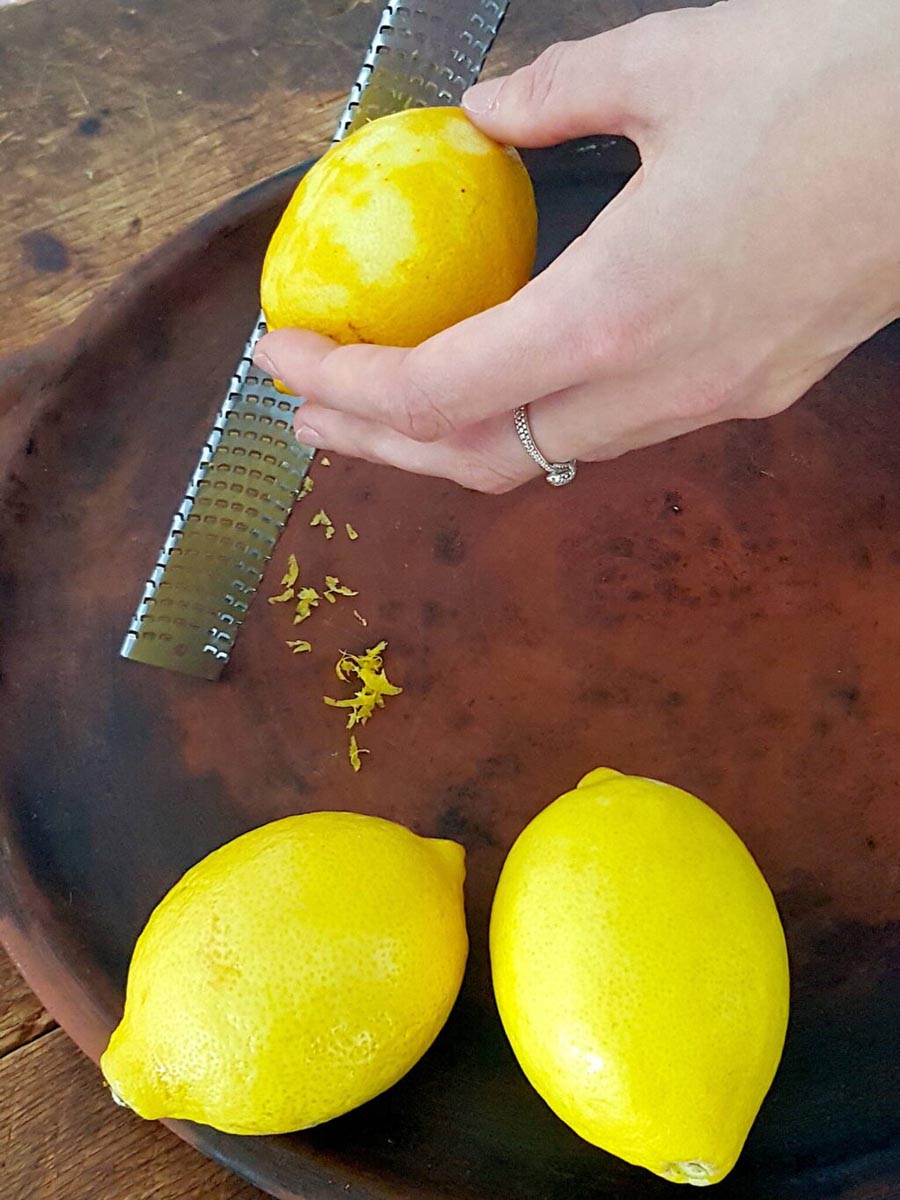
Verjuice is another option. It’s the juice of unripe green grapes used as an acidulant in the same way you would use lemon juice or vinegar, but it’s milder than both of these, with a sweetish fruity presence. It was probably developed in frugal times as a way of using up unripe sour grapes, or grape thinnings taken off the vines during grape growing, or made from other tart and sour fruit such as gooseberries and crabapples which could not be used up in any other way. While it can be used in place of lemon or vinegar in dressings such as vinaigrette, its greatest role is in deglazing a pan after cooking chicken, game or fish. It’s fabulous in a warm dressing.
Tamarind, is the fruit of an evergreen tree. In its unadulterated form, tamarind is sold as a pressed slab of matted fibre that needs to be soaked to release the pulp. Put the required amount of tamarind in a small bowl and add the specified amount of hot water. Leave the tamarind to soften for 5-10 minutes. The pulp has a fruity aroma and is high in both acid and sugar. It’s used widely as an acidifying agent, as you would a lemon or a lime, in soups, curries, salads and sweet dishes.
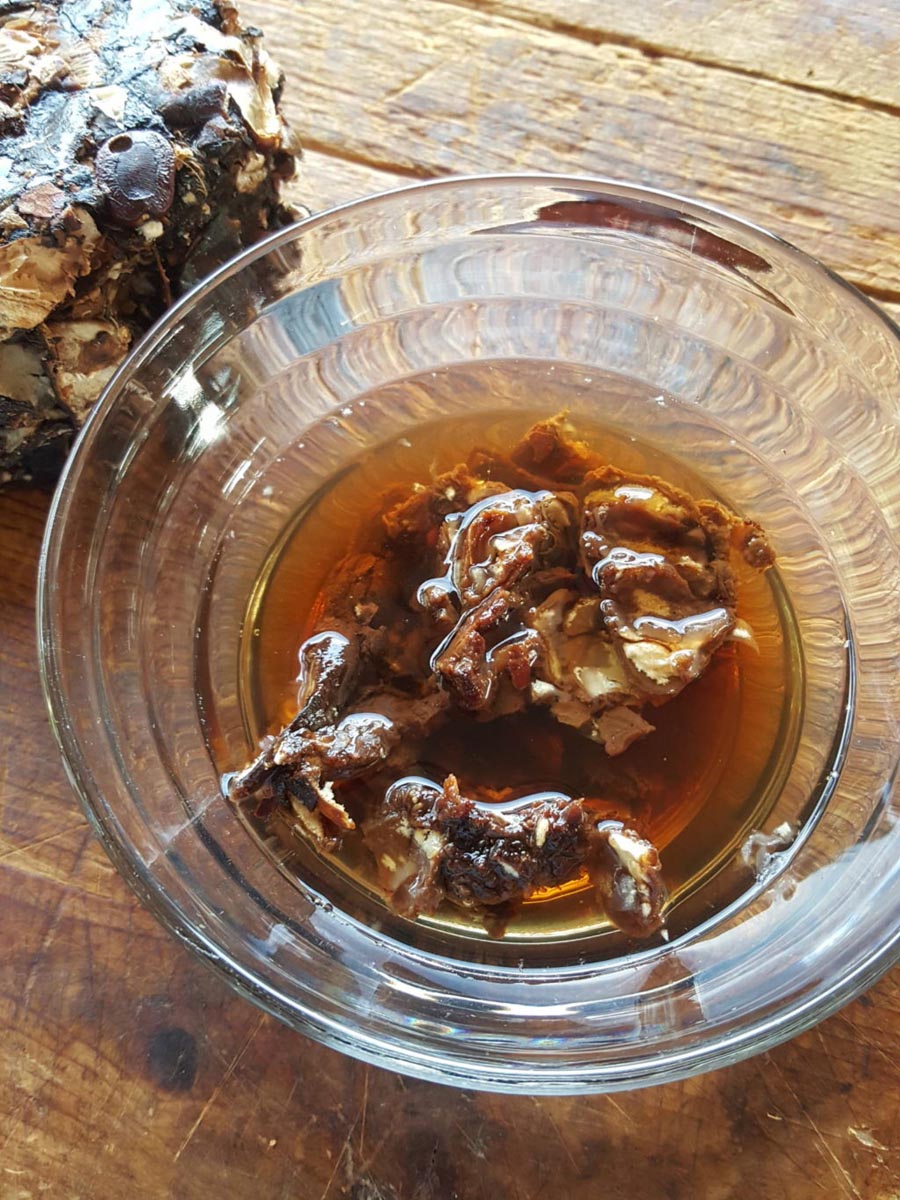
This can be used as a drizzle over ingredients to add a bright sweet-sharp note, or a little can be whisked into a vinaigrette or into yoghurt.
Mayonnaise
Mayonnaise is a rich dressing but if you whisk 1-2 tablespoons of mayo into a vinaigrette you will get a creamy dressing that is nowhere near as rich as straight mayonnaise. Great on potato salad with chopped capers and parsley.
Yoghurt
A spoonful or two of yoghurt can also be added to a classic vinaigrette to add creaminess and a slight acidic kick. Great with lemon and garlic. Yoghurt and tahini with garlic and cumin or spices is great served with a traybake of vegetables. And try yoghurt in place of mayonnaise! It can be used in all sorts of salads and is delicious.
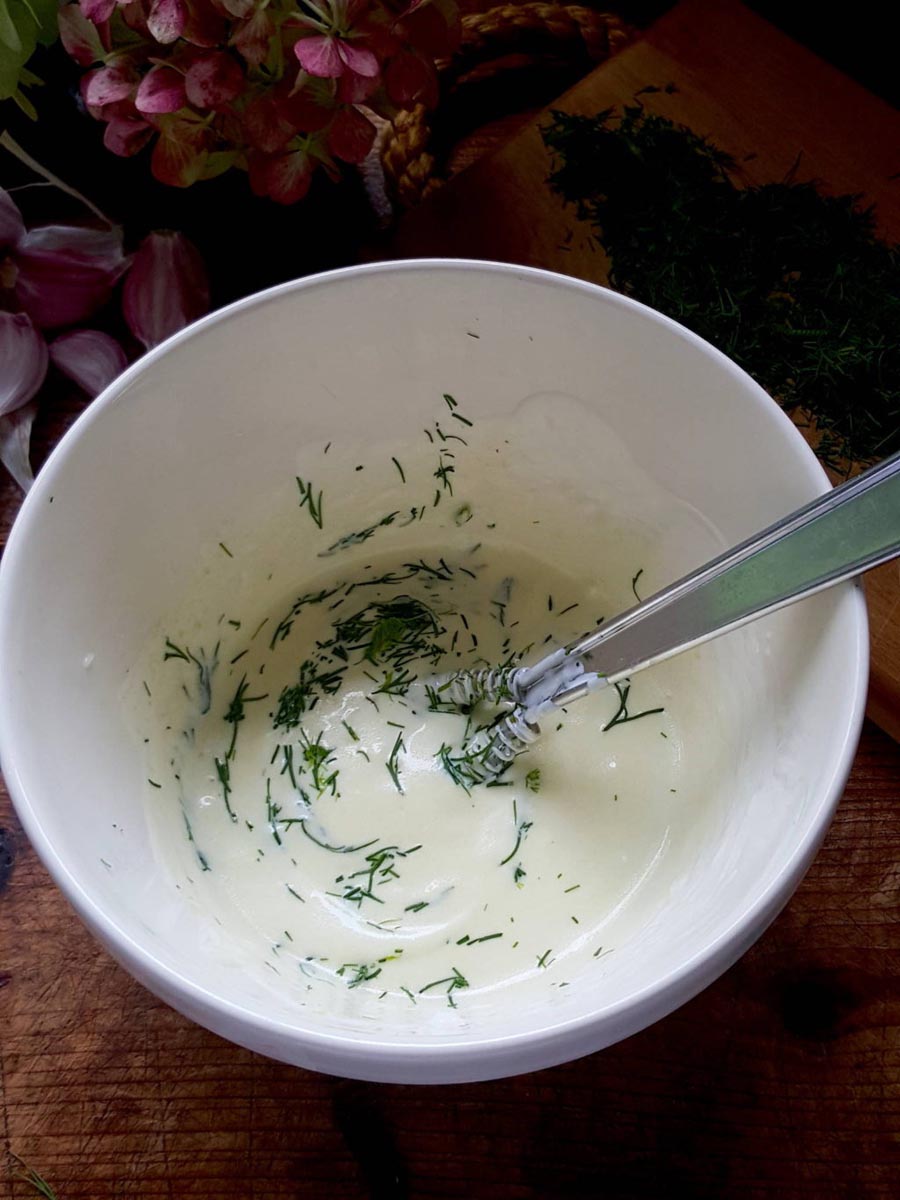
Cream
A spoonful of lightly whipped cream – whip just until it is holding shape – can also be blended with a vinaigrette to create a velvety texture. This is lovely on fruity salads, say fresh pears and pine nuts or caramelised walnuts. You can also use crème fraiche.
How annoying to open an avocado and find it is half brown. Grrr! If you are finishing a salad and had hoped to add the avocado to it, salvage what you can and mash it with lemon juice, then mix it into the dressing, so that you have an avocado dressing (good extra virgin oil, whether that is olive or avocado oil, garlic, sea salt, black pepper and lemon juice or vinegar). This is particularly good tossed with white bean salads, or with green beans with a little thyme, sweet corn and baby new potatoes with basil, blanched carrots topped with sizzled pine nuts, roasted cauliflower or grilled zucchini and the like. Or spoon it over leafy greens or tomatoes. It may not be the dish you had visualised, but it will have made the most of a dodgy avocado and created something new.
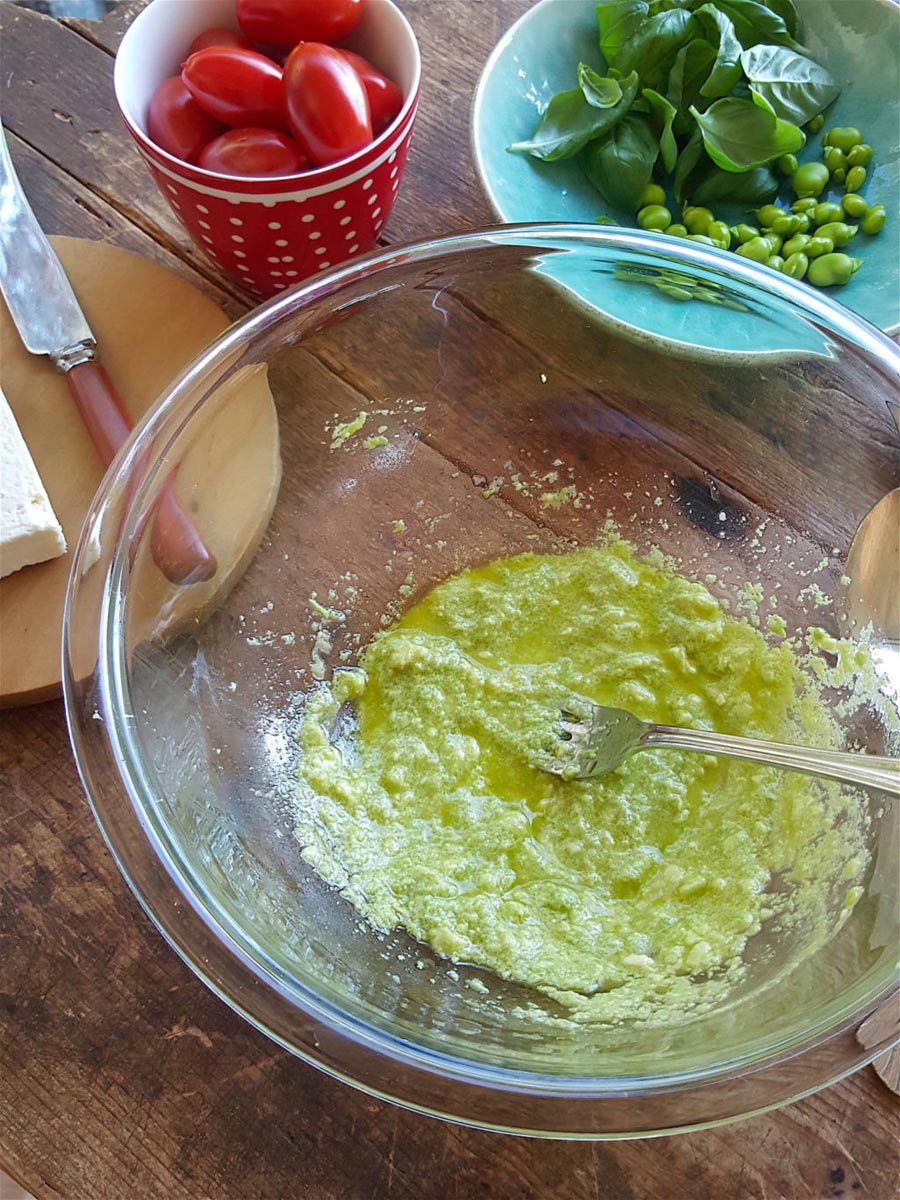
Flavourings
Garlic, chopped shallots, chopped capers and the juice of grated ginger (just squeeze it out) are all good additions to a dressing BUT I think they are all best added fresh. I hate jars of dressing in the fridge that you use over a period of days, or worse, weeks. They invariably dribble, or the jar gets oily on the outside and ends up stinking out your fridge. And the garlic goes sour and rank and loses its biting freshness. Moan moan!
Likewise, fresh herbs. The acid softens fresh herbs so they are best added just before using. For other ideas, try citrus zests, squashed soft dates, preserved lemons, peanut butter, grated parmesan … the choices are endless.
Stepping out of the square – there’s more to a bowl of salad than green leaves. Check out these salads and dressings.
Chickpea & Cucumber Salad (with a peanut butter-based dressing!)
Cucumber Salad (no oil in this dressing)
Moroccan Orange & Preserved Lemon Salad (preserved lemon, mint, sugar, garlic, oil dressing)
Cauliflower Salad with Mandarins & Fried Almonds (tahini dressing – yoghurt, garlic, tahini, mint & pomegranate drizzle)
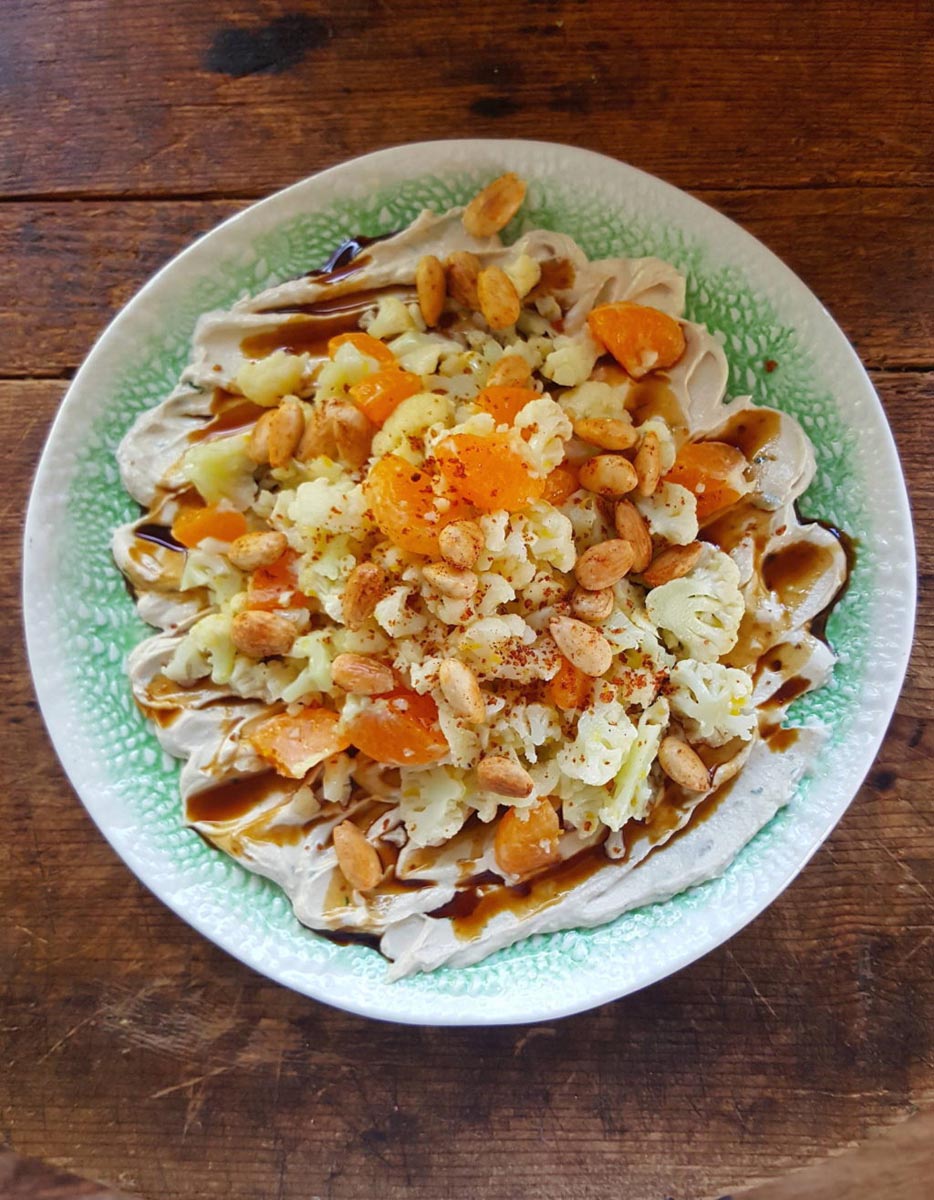
Yoghurt Dill Sauce (great with beetroots / smoked salmon)
Pan-fried Chicken Salad with Grapes, Almonds & Raspberry Vinegar (raspberry vinegar)
Dirty Chipotle Dressing (great with mango, chicken etc,)
Fresh Leaf Salad with Asian Flavours (fish sauce, palm sugar, lime juice, chilli dressing)
Wild Rice Salad (mustard, chilli, shallot dressing)
White Bean & Tomato Salad with Tamarind Dressing (tangy tamarind & ginger dressing)
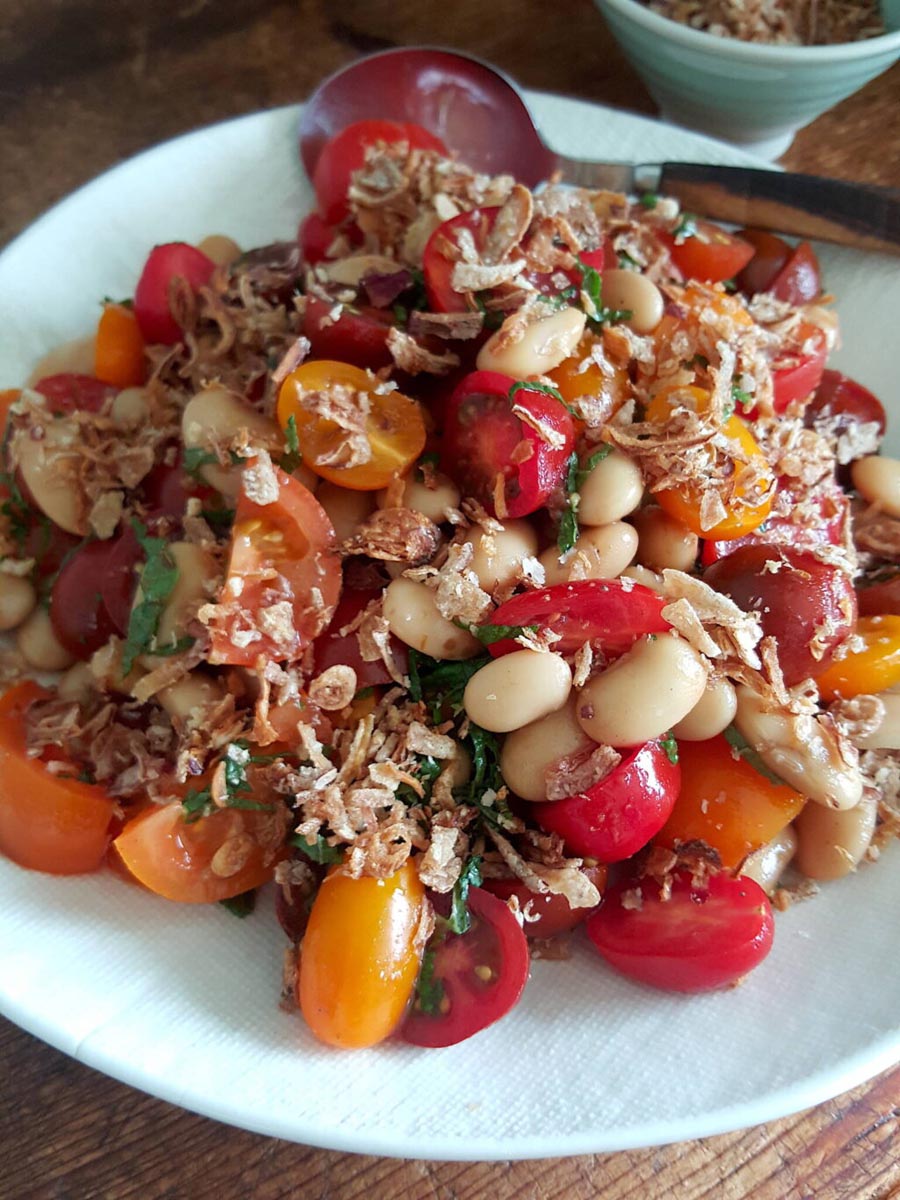
Parsley Salad (sherry vinegar, garlic, olives)
Cucumber & Tomato Salad with Tabil (carraway, coriander, cumin)
Peach, Date & Coriander Salad (lemon, dates, lime leaves)
Carrot Salad with Pistachios (yoghurt, lime leaves)
Beetroot & Mandarin Salad (garlic, parsley, caper, lemon juice, olive oil dressing)
Mango & Cellophane Noodle Salad (fish sauce, shallot, lime juice and chilli dressing)
Prawns & Crunchy Salad with Sesame Dressing (sesame seed, sesame oil, kecap manis, chilli sauce, shallot dressing)
Ilaria’s Yoghurt Caesar Salad Dressing (yoghurt, mustard, lemon juice, oil, garlic dressing)
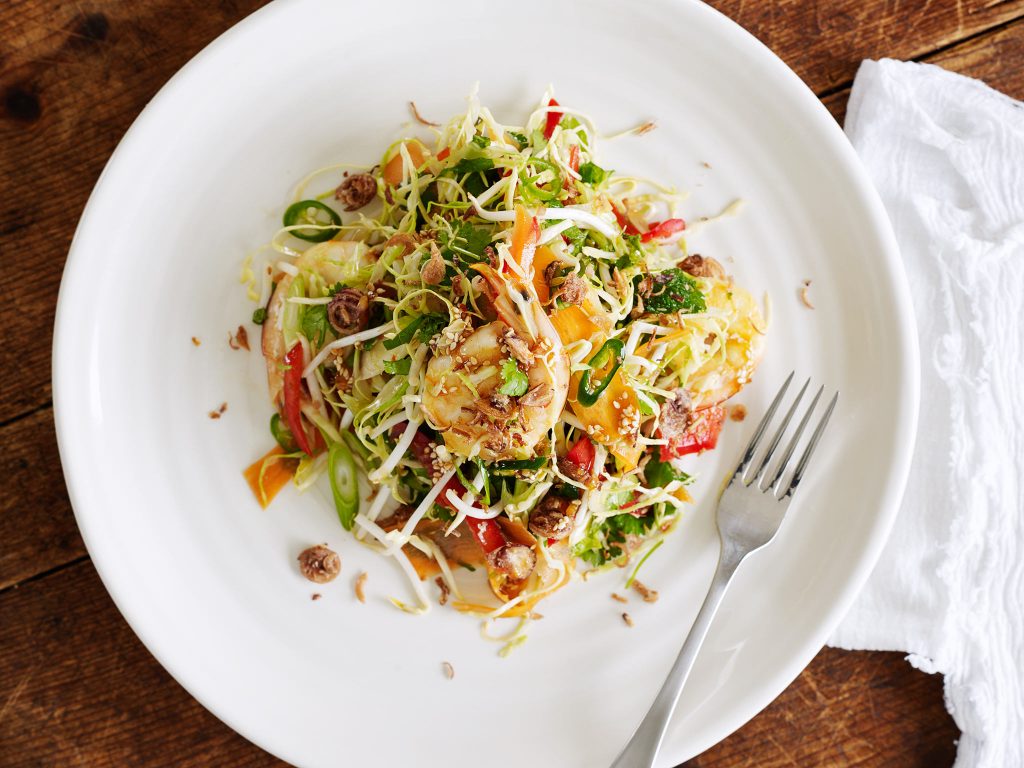

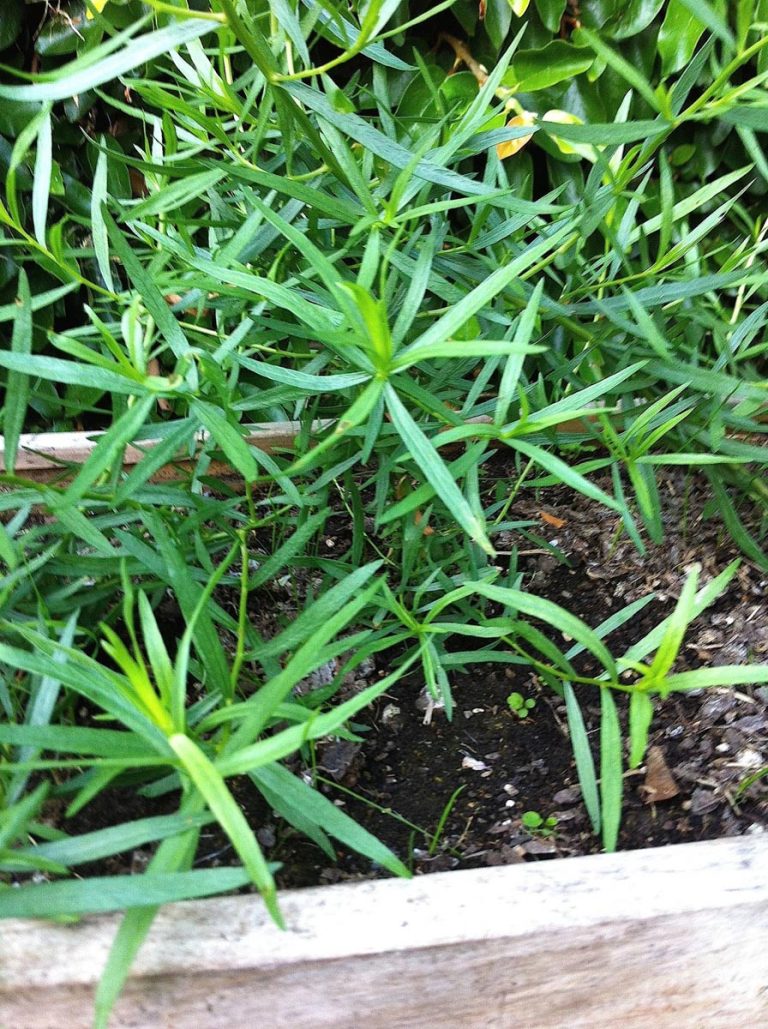


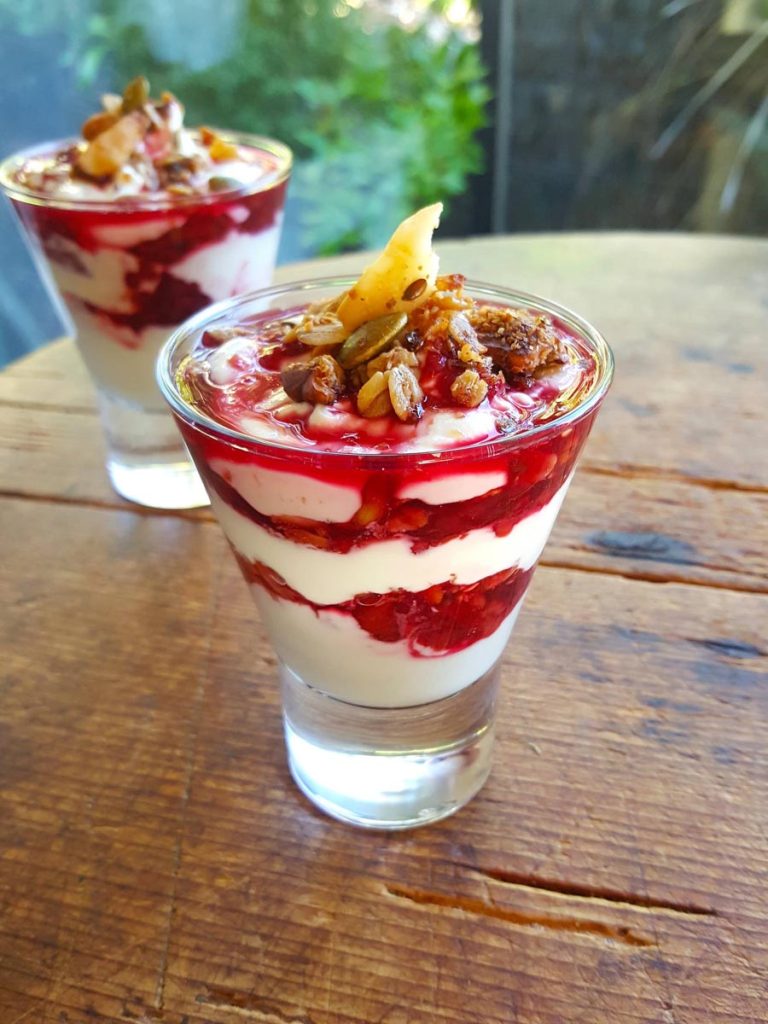
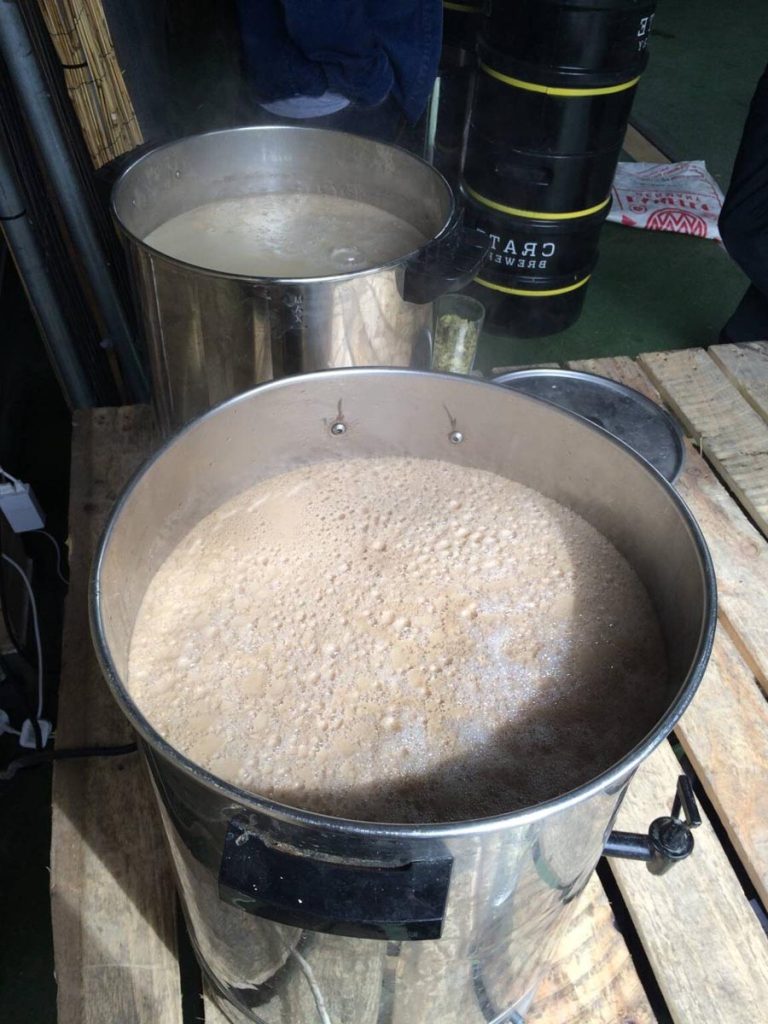

I have to print this out and keep it handy. So many good ideas. Thank you.
Thanks Sue. Lots more info added now. Cheers.